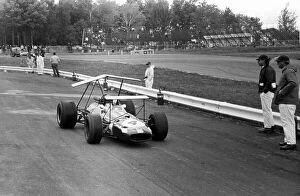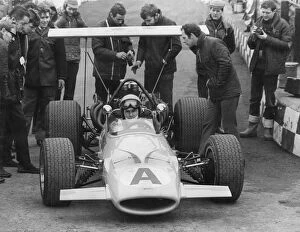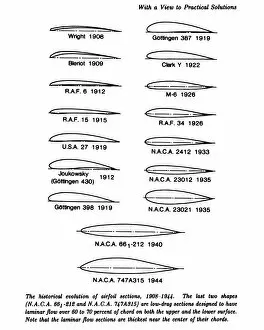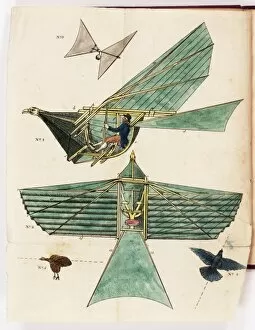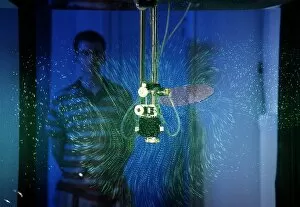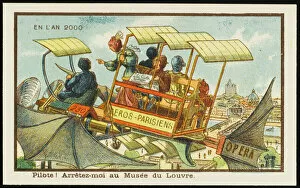Aerofoil Collection
The concept of the aerofoil has revolutionized the world of aviation and continues to shape our skies today
For sale as Licensed Images
Choose your image, Select your licence and Download the media
The concept of the aerofoil has revolutionized the world of aviation and continues to shape our skies today. Dating back to 1969, the McLaren 10A prototype showcased its prowess on the racetrack, thanks to Bruce McLaren's innovative vision. The creator behind this masterpiece remains unknown but their contribution is undeniable. Another notable mention in aeronautical history is the Saunders-Roe A19 Cloud, G-ABHG, which underwent significant revisions. This aircraft played a pivotal role in Formula One World Championships, pushing boundaries and setting new records. Delving deeper into its evolution, we find an intriguing timeline from 1908 to 1944 showcasing various airfoils developed by anonymous creators. These designs paved the way for future advancements in aerodynamics. In pursuit of perfection, scientists at Ames Aeronautical Laboratory constructed the world's largest wind tunnel at Moffett Field, California. This colossal structure became instrumental in testing and refining aircraft performance. Nature itself provided inspiration for aerofoil design as illustrated by digital representations of bird wings' curved upper surfaces that optimize flight efficiency. Mimicking these natural wonders led to groundbreaking discoveries within aviation engineering. Advancements aren't limited to manned flight alone; even robotic bees have embraced aerodynamic principles for efficient movement through airspaces previously inaccessible. Looking towards tomorrow's skies brings us face-to-face with futuristic concepts like an Airbus envisioned for Paris - an embodiment of cutting-edge technology merging seamlessly with sleek aerodynamics. From race cars to airplanes and beyond, the impact of aerofoils cannot be overstated. They have propelled humanity forward in our quest for faster speeds, greater efficiencies, and boundless possibilities in flying by mechanical means.

